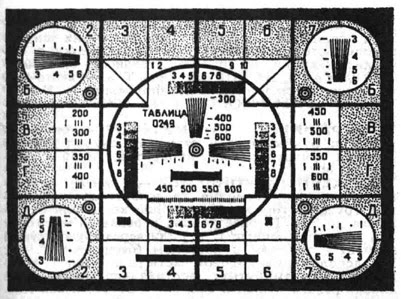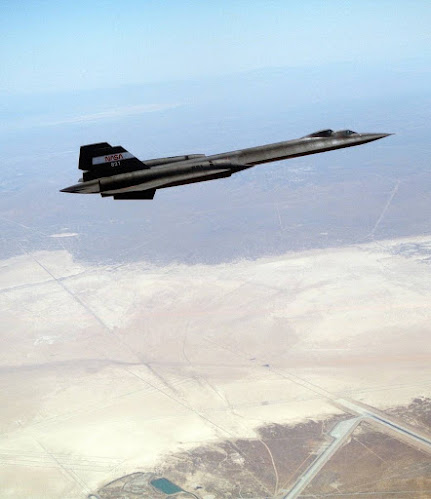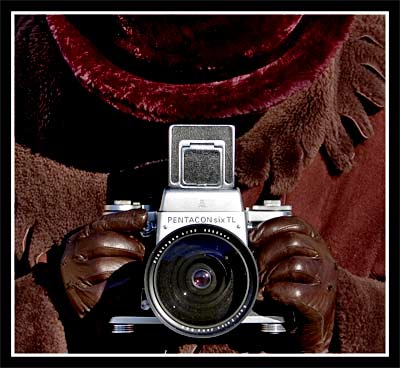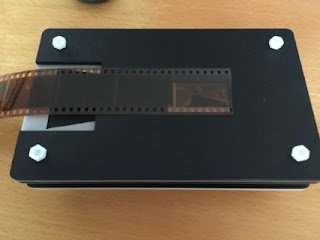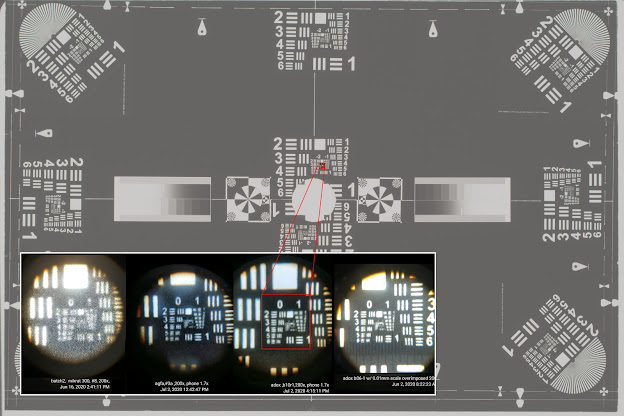Use Vlads Test Target to Fine Tune Epson V850 Scanner

I have a customer who is going to use @VladsTestTarget to calibrate the height of Epson V850 flatbed scanner's film holders. Hope that will be helpful to other folks too. Here is the question and below is my answer. Q. "I am ordering this target to calibrate the height of my Epson V850 flatbed scanner film holders. Currently I am not satisfied with my film holder height adjustment attempts. I seems to unable to reach the peak of sharpness. My type 120 slides are all tack sharp on the light table with 6x loupe, but not so in the scanned output. Once I load test target in my scanner, I will evaluate a series of scans at different settings with my naked eye on my computer screen. One thing I am afraid of now is that I may not notice differences among 10~20(?) scans. I can narrow down the short list, but I am afraid I can hardly pinpoint which one or two scans are the absolute best in terms of sharpness. How can test targets help?" A. Dear fellow digitizer! Please r...



